CHARGES
CREATION TECHNIQUES
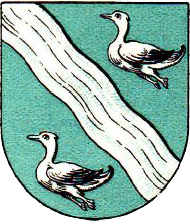
POULTRY
Birds of all kinds have been displayed on shields beginning with the gentle dove, the symbol of peace and the rooster synonymous with the proud heritage of France. Geese as we know choose mates for life and are popular symbols of fidelity. The peacock is the proud bearer of gorgeous plume and coveted for his beauty. The swan is another charge often used in heraldry to symbolize war and peace and sometimes serenity and fidelity since they too mate for life. Ducks can elude their enemies in many ways, either by flying, running, swimming or diving for cover and therefore they are a symbol for a person of many resources. Ducks may be referred to by many names such as drake, mallard, teal, eiderduck, moorhen, and sheldrake.
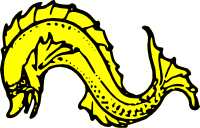
FISH
Almost any fish can be used in heraldry, but the dolphin is the most often recognized one as in the example of the arms of the Dauphin of France. This play on words is known as a "cant" in heraldic terms. Other fish found often are the pike, salmon, and trout. We find eels for the name Ellis, trout for Troutbeck, gudgeon for the French family of Goujon, and a dolphin between three ears of wheat for John Fyshar ("fish-ear"), Bishop of Rochester.
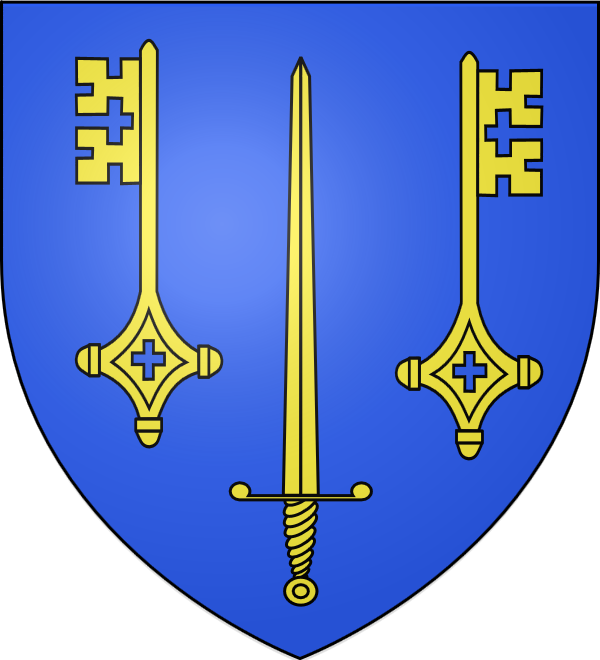
WEAPONRY
Swords are symbols for a warrior and are emblems for military honor and virtue. The sword is also emblematic of liberty and strength and if it is borne with flames, it is also a symbol of purification. Two swords crossed in saltire is an emblem of Saint Andrew, one of Christ's apostles and the brother of Saint Peter. Daggers and knives are used often as well, not only for military symbolism but also for professional purposes such as blacksmithing, fencing and the like.
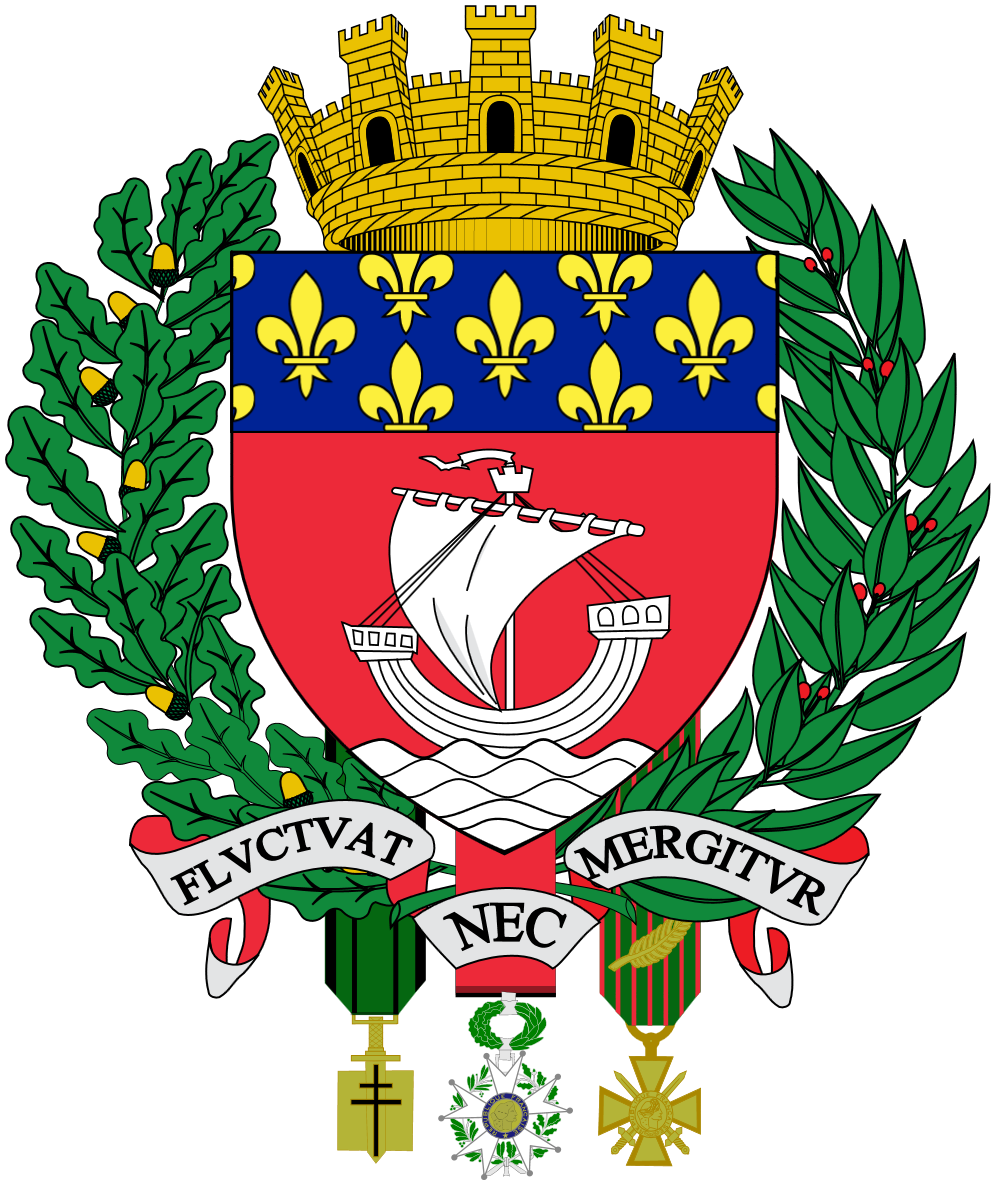
SHIPS
Charges of ships are often seen in heraldry. They symbolize some notable expedition by sea perhaps of the first owner of the coat of arms. The single-mast galley known as the Lymphad seem to be the most prevalent and of Scottish origin. There are also full sailing ships, pirate ships, Viking ships and many more. If a ship is borne without a mast it is said to denote tragedy at sea. The ship was also an early symbol of the church as a place where the voyagers of faith could gather and sail over the rough areas of life to the good destination God had for them.
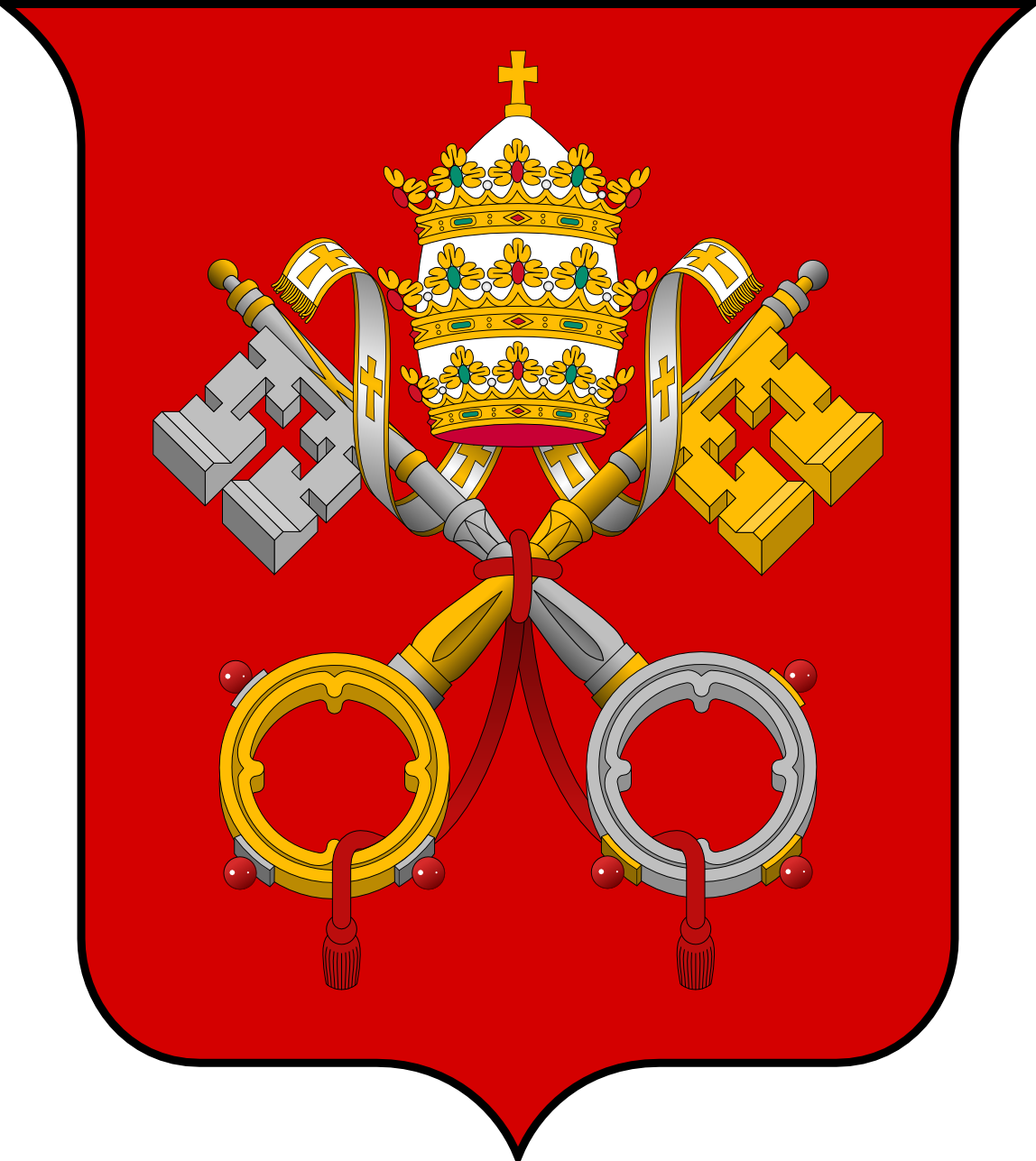
KEYS
Generally, keys are thought of as the emblems of guardianship and dominion or of confinement and release. It is also involved with the idea of liberation, knowledge, mystery, and initiation. Silver (Argent) keys usually are thought of as objects of earthly power, while Gold (Or) keys refer to power of a more spiritual nature. In Christianity, the key is symbolic of St. Peter, considered to be the guardian of the gates of heaven and a symbol of knowledge and of guardianship, and of dominion. Two keys crossed is the emblem of St. Peter who holds the keys to these gates. This emblem is also part of the insignia of His Holiness the Pope.
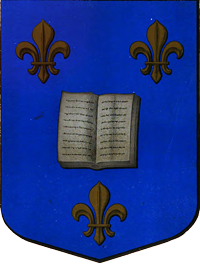
BOOKS
Most often a book if portrayed on the shield in the open position, symbolizes manifestation; if closed, counsel; usually represents the bible. A book is most often a representation of a scholarly coat of arms. Books are also considered a symbol of learning. Many heraldry experts frequently mention that the Bible is the book represented in a coat of arms.
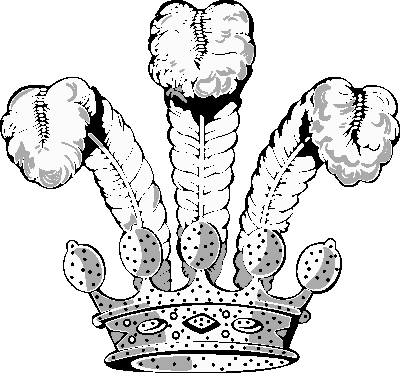
FEATERS
Feathers are a very common charge in heraldry, which is not surprising considering that during a tournament helmets were more frequently ornamented with feathers than with family crests. Consequently the plume that is a grouping of five feathers became the actual, inheritable family crest for many families. Feathers signify willing obedience and serenity of mind.
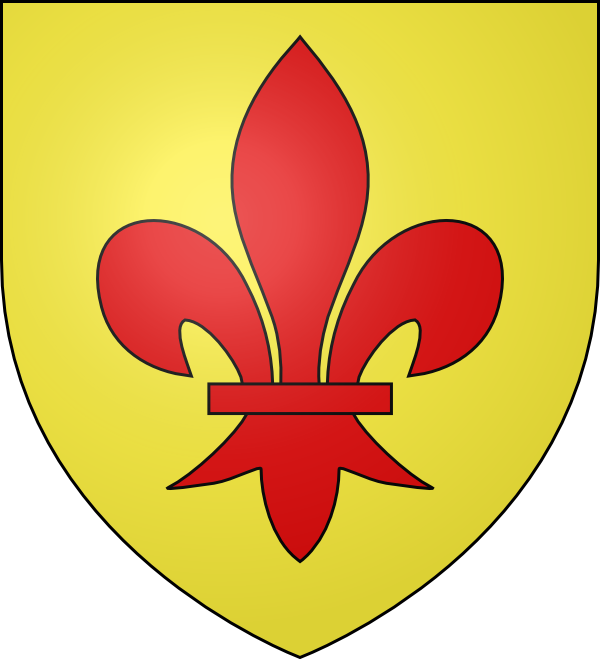
PLANTS
The broom plant is a symbol of humility. A sprig of this shrub was chosen as the badge of the royal house of Plantagenet, who are said to have derived their surname from the circumstance of one of their ancestors having worn a branch of broom is his helmet either because of penance, or in token of humility. So often we find trees, shrubs and flowers placed on coat of arms. A tree can depict the tree of life and humanity. A pine tree for example, sometimes symbolizes long-suffering, steadfast friendship, and enduring fame. Holly also was used to adorn temples and sacred places and its name is derived from the word holy. Holly is an emblem of truth. In ancient times, laurel leaves were thought to be remedies against poison as well as tokens of peace and quiet. They are symbolic of triumph and fame, especially when it is gained after a long, inner struggle. Finally, a palm tree symbolizes righteousness, resurrection, and victory. On a side note, it may also indicate that the bearer served or fought in a tropical country.
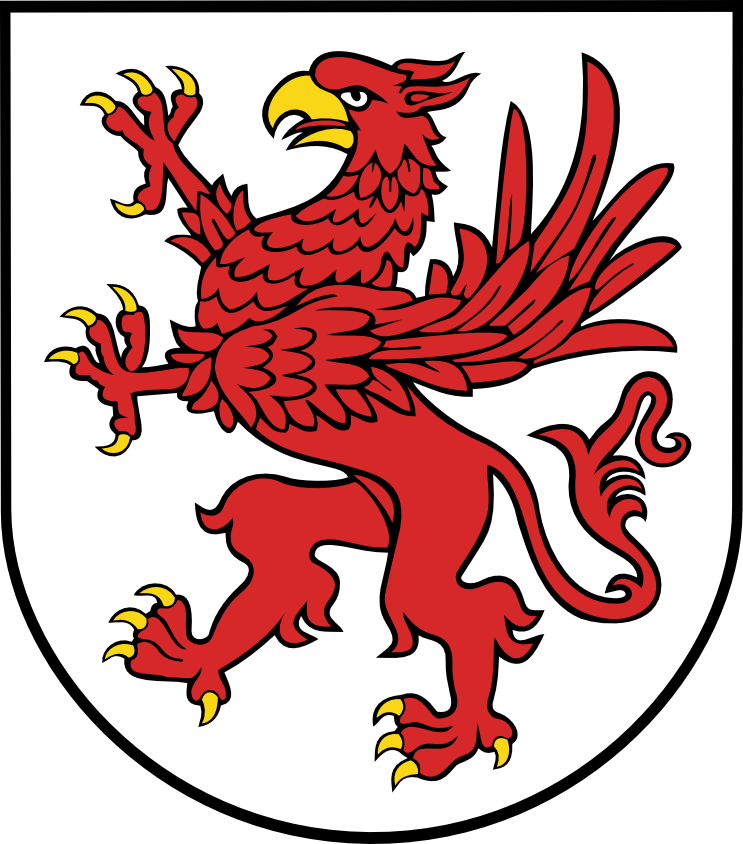
MONSTERS
The griffin is a mythical creature, with the head, wings and talons of an eagle and the body and hind legs of a lion. It is thus composed of the most royal of the birds and the beasts. The griffin was thought to find and guard mines of gold and hidden treasures. It signifies valor, death-defying bravery, strength, vigilance, and perseverance. A male griffin has no wings but often has horns and a spiky tail. It is often seen spelled gryphon. A dragon is supposed to have a keen sight, which enables it to guard treasures so well. It is also said to be the most valiant of creatures; therefore, the dragon is a symbol of a most valiant defender of treasure. Dragons are perceived as powerful, protective, and fearsome, and they are valued for their warlike qualities. The wyvern, or wivern is a mythical beast with the upper part of a dragon, two legs and a body that curves into the tail of a serpent. It symbolizes valor and protection. Like the dragon, the wyvern is supposed to have a keen sense of sight, which enabled it to guard treasures. The bearer of this symbol may have been a keen defender, or was thought to have slain a wyvern. It is also a symbol of vengeance or perseverance.